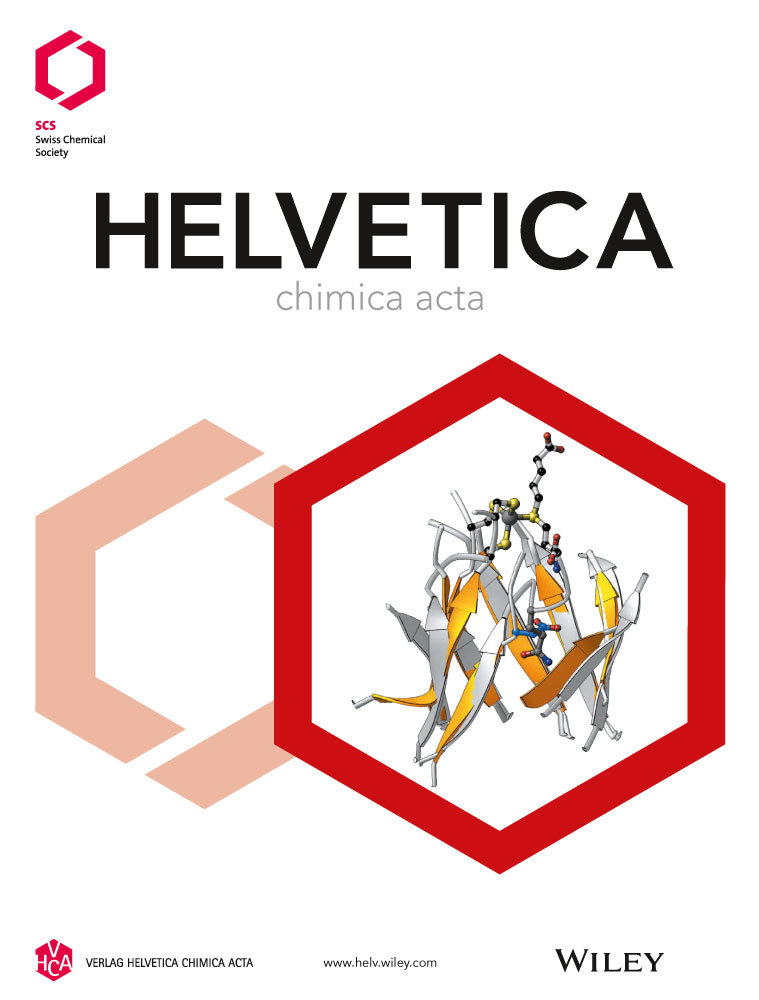Neolignans from the Fruits of Magnolia obovata Inhibit NO Production and Have Neuroprotective Effects
Abstract
One new sesquineolignan, obovatalignan A (1), and one new neolignan, obovatalignan B (2), were isolated from the Magnolia obovata fruits. Their chemical structure, including absolute configuration, was determined based on various spectroscopic methods, such as HR-EI-MS, 1D-NMR (1H, 13C, DEPT), 2D-NMR (gCOSY, gHSQC, gHMBC, NOESY), and CD spectroscopy. The compounds were evaluated for protective effects against glutamate-induced oxidative stress in HT22-immortalized hippocampal cells and inhibitory activity against NO production in LPS-induced RAW 264.7 cells. Compounds 1 and 2 exhibited protective effects against glutamate-induced oxidative stress with EC50 values of 18.1 ± 1.23 and 7.10 ± 0.78 μm, respectively, as well as inhibitory effects on NO production with IC50 values of > 30.0 and 8.22 ± 2.01 μm, respectively.




